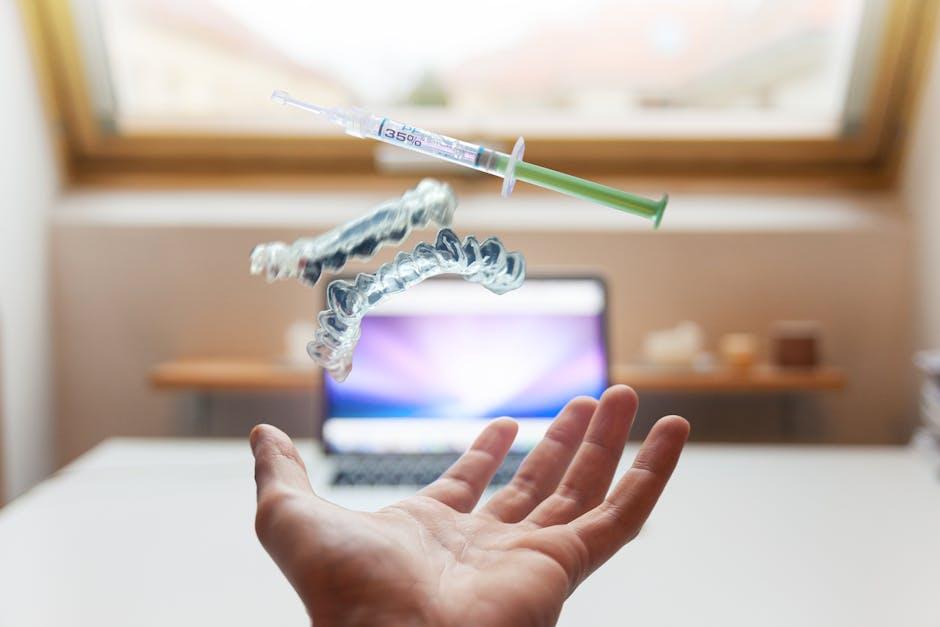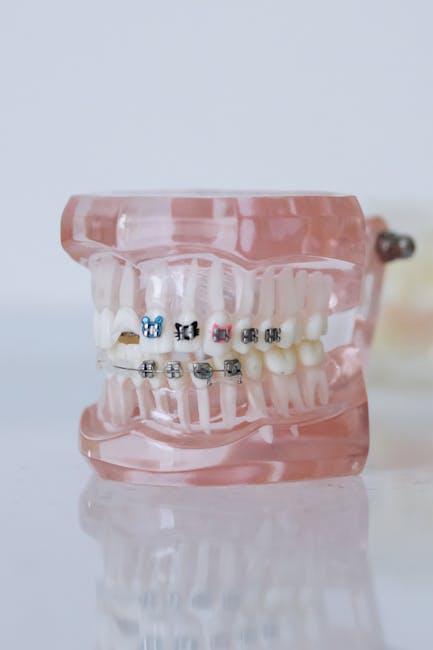
Viscoelastic and Antimicrobial Dental Care Bioplastic with Recyclable Life Cycle – Nature’s Sustainable Innovation
In recent years, advances in dental materials have revolutionized oral healthcare, blending functionality with sustainability. One breakthrough is the development of viscoelastic and antimicrobial dental care bioplastics with a fully recyclable life cycle. Inspired by Nature’s own designs, these innovative bioplastics are shaping the future of eco-friendly dental solutions while enhancing patient care and oral hygiene.
What is Viscoelastic and Antimicrobial Dental Care Bioplastic?
Dental care bioplastics are bio-based polymers designed explicitly for oral applications such as dental restorations, orthodontic devices, and oral appliance components. The term viscoelastic refers to materials that combine both viscous and elastic characteristics under stress, enabling dental devices to adapt comfortably to dynamic oral conditions.
Moreover, incorporating antimicrobial properties into these bioplastics helps reduce harmful bacteria accumulation, preventing infections and promoting healthier oral environments. These bioplastics are engineered to be fully recyclable, reducing environmental impact and promoting a circular economy in dental healthcare.
Key Features and Advantages
- Viscoelasticity: Allows dental appliances to flex and adapt without permanent deformation, improving comfort.
- Antimicrobial Activity: Embedded agents inhibit bacterial growth on dental surfaces, enhancing oral hygiene.
- Biodegradability: Derived from renewable natural sources reducing reliance on fossil fuels.
- Recyclable Life Cycle: Designed for reuse and recycling, minimizing plastic waste in dental practice.
- Biocompatibility: Safe for direct contact with oral tissues without causing irritation or toxicity.
The Science Behind Viscoelastic and Antimicrobial Properties
The viscoelastic behavior stems from the polymer’s molecular architecture, combining flexible chains that can temporarily stretch and recover shape. This mimics the natural biomechanics of soft tissues in the mouth, such as gums and mucosa, ensuring better device fit and reducing tissue trauma.
On the antimicrobial front, bioplastics are often infused with agents like silver nanoparticles, chitosan, or natural plant extracts (e.g., neem, tea tree oil). These agents disrupt microbial cell walls or interfere with bacterial metabolism, thus preventing biofilm formation—a leading cause of cavities and periodontal disease.
Applications in Dental Care
- Orthodontic Aligners: Flexible, comfortable, and hygienic alternatives to traditional braces.
- Temporary Crowns and Bridges: Bioplastics that provide both protection and antimicrobic properties during treatment.
- Dental Impressions and Molds: Improved elasticity and antimicrobial function reduce contamination risk.
- Dental Packaging and Tools: Sustainable materials for single-use or recyclable dental disposables.
Environmental Impact: A Recyclable Life Cycle
Traditional dental materials often end up in landfills or incinerators, contributing to pollution. The recyclable life cycle of viscoelastic antimicrobial bioplastics ensures:
- Reduction of plastic waste: Materials can be processed and reused in new products.
- Lower carbon footprint: Bioplastics derive from renewable biomass, encouraging sustainable extraction.
- Compliance with environmental regulations: Easier disposal aligned with eco-friendly policies worldwide.
Life Cycle Overview Table
| Life Cycle Stage | Description | Environmental Benefit |
|---|---|---|
| Raw Material Sourcing | Derived from renewable plants like corn, sugarcane, or cellulose | Reduces dependence on fossil fuels |
| Manufacturing | Eco-friendly polymerization with minimal waste | Lower greenhouse gas emissions |
| Usage in Dental Products | Durable, comfortable, and antimicrobial function | Prolongs product life, reduces replacement needs |
| Recycling & Reprocessing | Recovered material is cleaned and remolded | Limits landfill waste and plastic pollution |
| Biodegradation | Material breaks down safely if unrecycled | Minimizes toxic residue in environment |
Benefits of Using Viscoelastic and Antimicrobial Dental Bioplastics
Incorporating these bioplastics in dental care offers a win-win for both users and the planet. Here are some tangible benefits:
- Enhanced Patient Comfort: Viscoelasticity provides better fit and shock absorption.
- Healthier Oral Environment: Antimicrobial properties reduce harmful pathogens, lowering infection risk.
- Eco-Conscious Dentistry: Supports sustainable dental practices, appealing to environmentally aware patients.
- Cost Efficiency: Longer-lasting materials and recyclability reduce long-term operational costs.
Practical Tips for Dental Professionals and Patients
For Dental Clinics
- Choose suppliers offering certified eco-friendly bioplastics.
- Incorporate recycling programs for used dental appliances and disposables.
- Educate patients on the benefits of biodegradable dental care materials.
- Monitor device wear and replace only when necessary to reduce waste.
For Patients
- Ask your dentist about sustainable treatment options using bioplastics.
- Maintain good oral hygiene to maximize device longevity.
- Return used aligners or dental appliances when possible for recycling.
- Support brands committed to green and ethical manufacturing.
Case Study: Nature-Derived Bioplastic in Orthodontic Treatments
Several orthodontic clinics globally have integrated viscoelastic and antimicrobial bioplastic aligners into their treatment plans. A recent study published in the Journal of Sustainable Oral Health reported the following outcomes after a six-month trial:
| Parameter | Traditional Plastic Aligners | Viscoelastic Antimicrobial Bioplastic Aligners |
|---|---|---|
| Patient Comfort Score | 7.2/10 | 9.1/10 |
| Bacterial Colonization | High | Significantly Reduced |
| Material Decomposition Time (Post-use) | 200+ years | Under 5 years |
| Recycle Rate | Non-recyclable | Up to 85% |
The study concluded that the nature-based bioplastic reduced oral bacterial load and increased patient satisfaction, while also aligning with global sustainability goals.
Conclusion: Embracing a Greener Future in Dental Care
The integration of viscoelastic and antimicrobial dental care bioplastics with recyclable life cycles represents a transformative innovation inspired by Nature. These materials not only deliver superior comfort and hygiene for patients but also significantly reduce environmental burdens associated with dental waste. As awareness grows and technology advances, adopting these sustainable materials is poised to become the new standard in responsible dental practice.
Patients and dental professionals alike are encouraged to explore and support these eco-friendly alternatives—making oral health care safer for both people and the planet.


